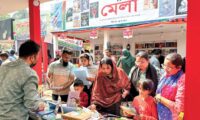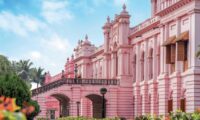
In the Bengali calendar, the month of Falgun signifies new journey of life and a sense of rejuvenation. The month which marks beginning of the spring brings forth joy, vivid hues, and a feeling of renewal. During this time, Bangladesh comes to life with the mesmerizing songs of cuckoos and various f lowers that are in bloom. Urban streets and rural roads are painted with colours of fallen leaves and shades of flowers.  However, on the eighth day of Falgun, February 21, 1952, the Dhaka city’s streets were transformed into haunting canvases as the vibrant hues of nature gave way to a chilling shade of dark red. In defiance of the curfew imposed, courageous students took to the streets, passionately demanding that Bangla and only Bangla be recognised as the nation’s state language. The police opened fire on the students. Salam, Barkat, Rafiq, Jabbar, and a few others tragically lost their lives in the incident. Many people were injured. The news of the shooting spread like wildfire in every corner of the city. Soon after, the office court, secretariat, and wireless centre employees decided to collectively refrain from attending work. A wave of frustration swept through the city, drawing people towards the Dhaka medical hostel premises.
However, on the eighth day of Falgun, February 21, 1952, the Dhaka city’s streets were transformed into haunting canvases as the vibrant hues of nature gave way to a chilling shade of dark red. In defiance of the curfew imposed, courageous students took to the streets, passionately demanding that Bangla and only Bangla be recognised as the nation’s state language. The police opened fire on the students. Salam, Barkat, Rafiq, Jabbar, and a few others tragically lost their lives in the incident. Many people were injured. The news of the shooting spread like wildfire in every corner of the city. Soon after, the office court, secretariat, and wireless centre employees decided to collectively refrain from attending work. A wave of frustration swept through the city, drawing people towards the Dhaka medical hostel premises.
After a day of fervent protests and demonstrations, the leaders of the student community agreed as a group to honour the language martyrs by constructing a monument. The information quickly got to Badrul Alam, a 24-year-old artist who is well-known for his artistic talents. He knew they needed his creative touch in designing the monument.
As soon as the design was approved, something extraordinary happened. The whole night, a dedicated team of people, including medical students, hostel staff, and volunteers, worked on building a Shahid Smriti Stambha. The funding for the monument came from Pearu Sardar, who was a well-known and respected Dhaka panchayet sardar.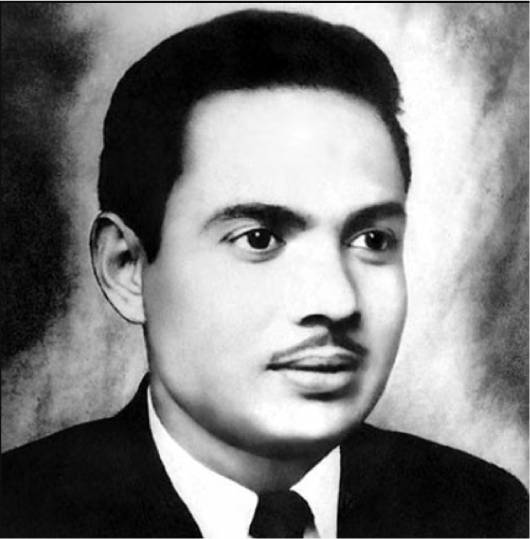 The symbolic structure, dedicated to honouring the language martyrs, was unveiled to the public on the morning of February 24, a testament to an exceptional display of unity and support.
The symbolic structure, dedicated to honouring the language martyrs, was unveiled to the public on the morning of February 24, a testament to an exceptional display of unity and support.
In poignant recognition of his pivotal role in the language movement, Dr. Badrul Alam received the Ekushey Padak in 2014; he was the designer of the First Shahid Minar (Martyrs’ Monument) in 1952. This narrative unfolds as a tale of community solidarity, with the tireless efforts of diverse individuals coming together to construct an 11-foot-tall monument that stands as a lasting tribute to the language martyrs.
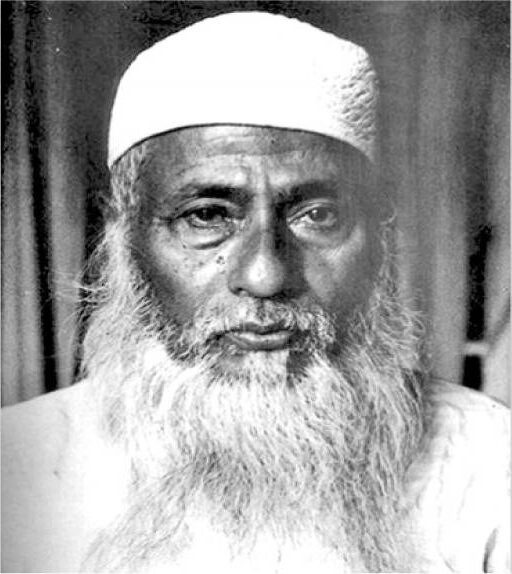
However, the Pakistani Army and the police demolished it on February 26, 1952. In 1956, the students once again constructed the Shaheed Minar. It was inaugurated by Maulana Bhasani. But it was also disassembled afterward. Novera and Hamid’s grand design In the autumn of 1956, a pivotal meeting unfolded between Zainul Abedin, a luminary in the artistic realm, and Mr. Jabbar, the Chief Engineer of C&B, convened with the esteemed artist Hamidur Rahman and sculptor Novera Ahmed. 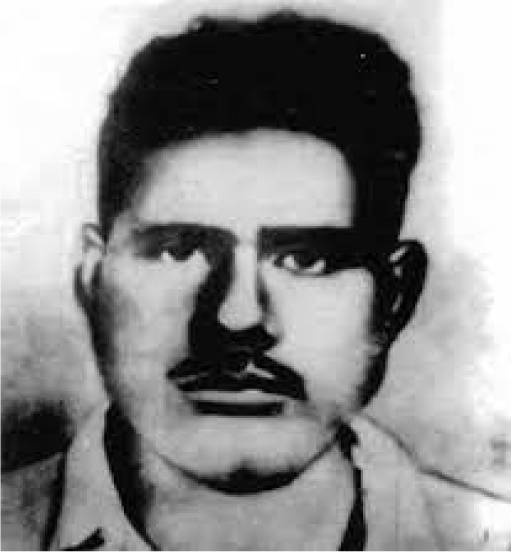 The duo’s grand design took shape — a sprawling Shaheed Minar complex teeming with symbolism and significance. At its heart stood a semi-circular column, a poignant tribute to the eternal bond between mother and child, forever united in sacrifice. Adorning this column were symbols of watchful eyes, crafted from yellow and dark blue glass, poised to catch the sunlight and cast an ethereal glow upon the square below.
The duo’s grand design took shape — a sprawling Shaheed Minar complex teeming with symbolism and significance. At its heart stood a semi-circular column, a poignant tribute to the eternal bond between mother and child, forever united in sacrifice. Adorning this column were symbols of watchful eyes, crafted from yellow and dark blue glass, poised to catch the sunlight and cast an ethereal glow upon the square below.
The vision extended beyond mere architecture; it wove together threads of history and emotion, with every detail meticulously planned. A railing, adorned with Bangla alphabets, traced the perimetre of the seminar, while painted footprints, some stained with blood, others dark as night, marked the path of opposing forces, forever etched into the stone as a testament to the struggle for freedom.  The Selection Committee, presided over by the venerable Greek architect Doxiadis, along with luminaries like Zainul Abedin and Mr. Jabbar, lent their discerning eyes to the fray. As Novera and Hamid poured their hearts into the design, they envisioned a space where memory and meaning intertwined — a sanctuary for reflection and remembrance. The government appointed Jean Delora as an architect at that time, who was in charge of keeping an eye on this work. Yet fate had other plans, and the grandeur of their vision remained but a dream, halted by the tumult of political upheaval and Ayub Khan’s martial law.
The Selection Committee, presided over by the venerable Greek architect Doxiadis, along with luminaries like Zainul Abedin and Mr. Jabbar, lent their discerning eyes to the fray. As Novera and Hamid poured their hearts into the design, they envisioned a space where memory and meaning intertwined — a sanctuary for reflection and remembrance. The government appointed Jean Delora as an architect at that time, who was in charge of keeping an eye on this work. Yet fate had other plans, and the grandeur of their vision remained but a dream, halted by the tumult of political upheaval and Ayub Khan’s martial law.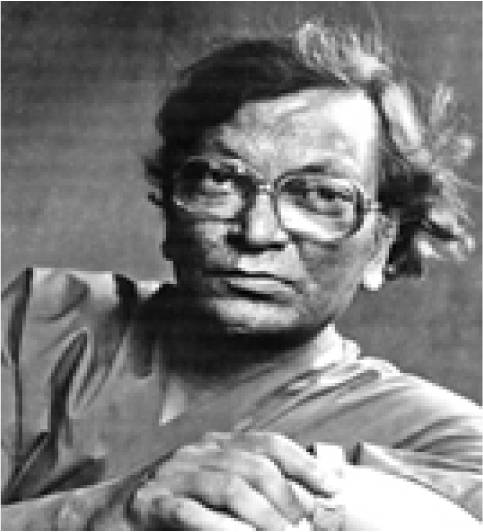
Barkat’s mother inaugurated in 1963 In 1962, a committee under the direction of the vice-chancellor of Dhaka University suggested altering the original plan and speeding up the construction of the minaret. At that time, they did not even consider informing the designers about the alterations. Shaheed Barkat’s mother inaugurated it on February 21, 1963. In 1971, during the Operation Searchlight, Pakistani invaders descended upon the Shaheed Minar. They ravaged the monument. After independence, the government of Bangladesh took charge of the restoration of the Shaheed Minar. A fresh competition was announced, summoning the nation’s most esteemed artists and architects to present their visions for the revered monument. In a scene of anticipation and hope, the Central Hall of the Government House became a canvas for creativity as presentations adorned its walls. The committee, the media, and the general public all shared a mutual admiration for the design that Novera Ahmed and Hamidur Rahman’s team submitted. After that, its construction was f inished, though it failed to follow the design properly. In the mid-1980s, the Shaheed Minar underwent significant renovation again. The new design for the Shaheed Minar featured four small and one large column symbolising the mother and her fallen children on a 1,500-square-foot basis with a red sun backdrop. However, it was hastily executed, with the columns ending up shorter than planned and the main column’s head being bent more than intended. The Shaheed Minar took its present form in 1983, with marble stones used for repairs. The current Shaheed Minar stands at 14 meters (48 feet) tall.
In the mid-1980s, the Shaheed Minar underwent significant renovation again. The new design for the Shaheed Minar featured four small and one large column symbolising the mother and her fallen children on a 1,500-square-foot basis with a red sun backdrop. However, it was hastily executed, with the columns ending up shorter than planned and the main column’s head being bent more than intended. The Shaheed Minar took its present form in 1983, with marble stones used for repairs. The current Shaheed Minar stands at 14 meters (48 feet) tall.
Unparallel significance of UNESCO recognition Since 1952, Bangladesh has embraced February 21st as National Martyr’s Day. On November 17, 1999, UNESCO, recognising its unparalleled significance, declared February 21st as International Mother Language Day. Since the year 2000, this day has been a global observance, fostering a celebration of linguistic and cultural diversity and echoing the echoes of a singular sacrifice for the sake of the mother tongue — a tale etched in the very fabric of mankind’s history. Numerous replicas of the Shaheed Minar exist worldwide. The first one was established in Oldham in 1997, in Britain. After that, many countries built replicas of Shaheed Minar, such as Japan, Australia, Canada, and the United States. In India, there are four replicas, two of which are in Kolkata.
The Shaheed Minar stands as a timeless symbol of self-sacrifice, patriotism, and heroism, honouring the memory of the language martyrs. Its upkeep is a shared responsibility of both the government and citizens, ensuring that reverence for the martyrs persists beyond February. As long as the Bangla language and culture endure, so too will the immortal legacy of the language martyrs.
Written by Samia Sharmin Biva



